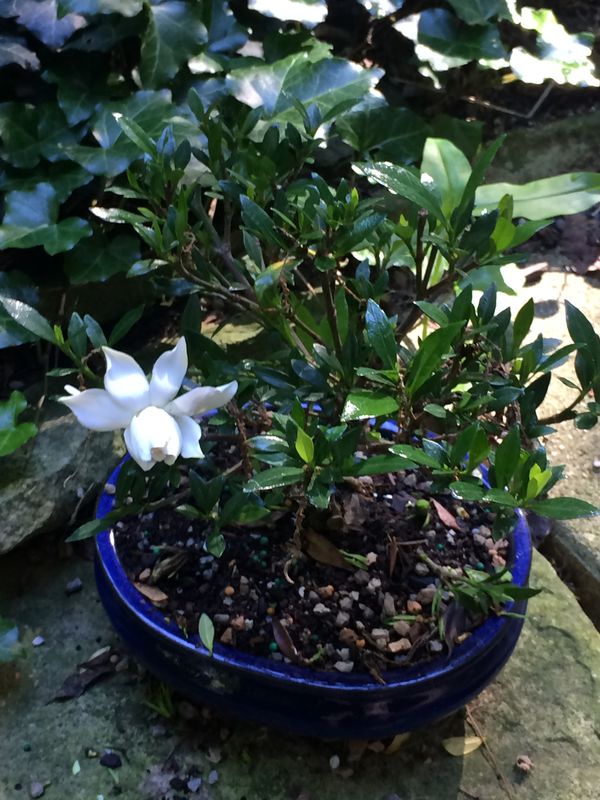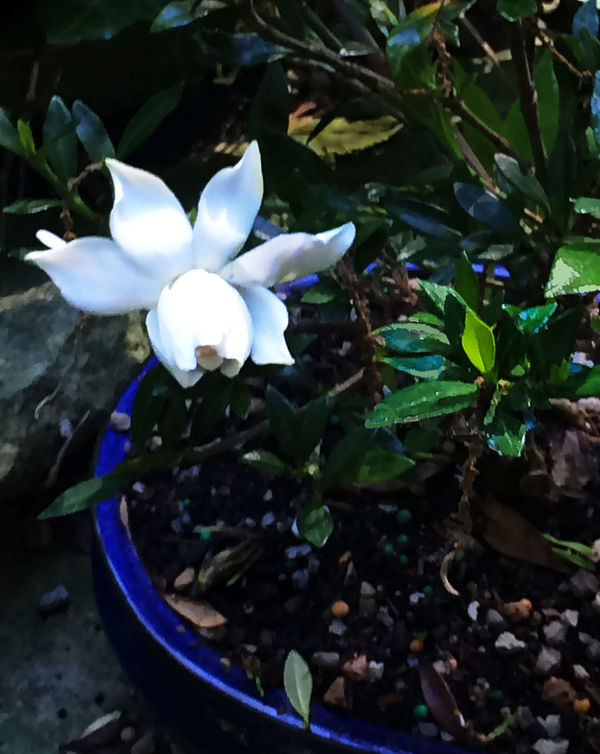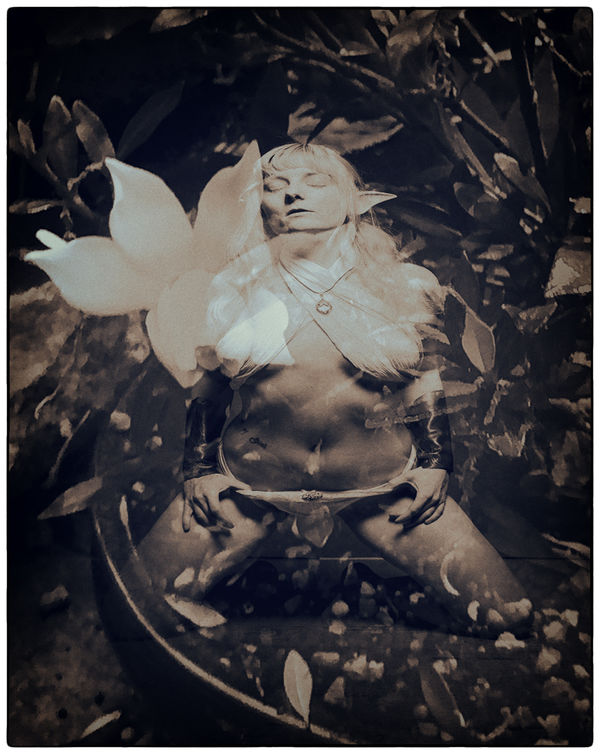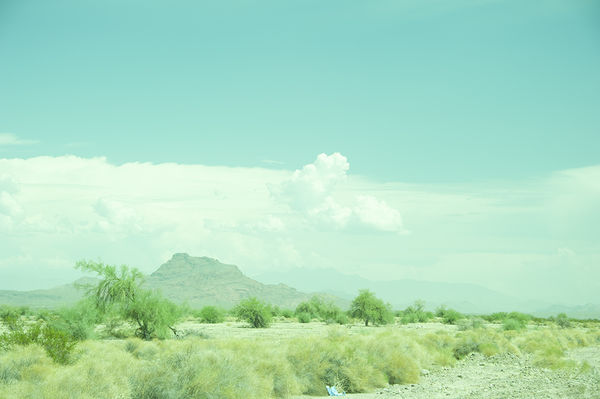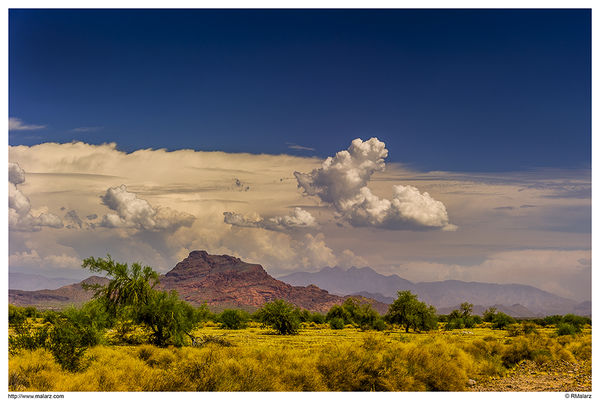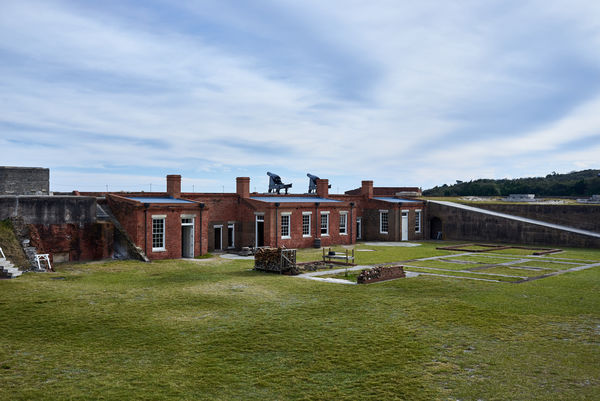What would you do to make this flower shot yours?
Jun 18, 2018 19:20:38 #
C'mon folks! Here's one straight out of the camera (SOC), then fixed. Well done, or how would you "fix" it, and why?
I'd like to see some of your SOC=>fixed.
I'd like to see some of your SOC=>fixed.
Jun 24, 2018 20:51:34 #
I'd try again. Then I'd shoot the flower from a lower angle, wait for decent lighting so some shadows could aid in giving definition and make sure it was in focus.
Jun 24, 2018 21:17:59 #
10MPlayer wrote:
I'd try again. Then I'd shoot the flower from a lower angle, wait for decent lighting so some shadows could aid in giving definition and make sure it was in focus.
Makes a lot of sense, for a good "flower shot." This was a bit different. Carelessly shot to be included in a message to the giver of the flower, and about to be trashed, I noticed two things that interested me: the fallen leaf and the terrible DOF, in which only some leaves, not the flower, were in focus.
"Why not," I thought, "create a statement about the living now?" The bloom passes, the leaves fall and die, but the essence, life, lives. So, I did a LOT of post processing to tone down areas that distracted, to bring up the living leaves in the sunlight, to change the color of the fallen leaf.
I get the feeling that, despite the work, the idea might be too much of a stretch!
Jun 25, 2018 22:12:07 #
artBob wrote:
Makes a lot of sense, for a good "flower shot... (show quote)
Your picture is not without interest and it seems to meaning for you. I'm sure your aware your not the first camera user who attempted to make statements with their work. Many are seen as charlatans, of some it is said the kangaroos are loose in the top paddock and a tiny few are recognized as genuine artists with work that deserves to be taken seriously. I do not have either the right or experience to judge you and just wish you well on your quest.
It may help your cause if you mastered certain camera skills and produced work that was in focus. I am no photography expert but would suggest using your camera in a fully automatic mode which will allow you time to concentrate on subject matter and composition.
I believe you asked for the viewers interpretation of your image? Well no amount of PP is going to make it an acceptable stand alone picture irrespective of any hidden meaning but as background shot its failings can be hidden.
This is just a picture artBob I do not have your vision to spot meanings in images.
Jun 28, 2018 16:43:06 #
Bob, I don't know that I'd 'fix' it. I know that I'd expose it specifically to place the white values of the flower in a particular tonal Zone that would retain the finest details in the petals. The consequence of this would also bring more detail to the shaded and darker parts of the scene. Of course, this would necessitate capturing the image using RAW format.
At your invitation, I'm posting two images. One is SOOC, the other is processed. This scene was previsualized to allow me to see how I wanted the scene presented in the final image. Again, the importance of stating that this image was not fixed in processing. It was merely captured in a manner to preserve the features of the scene, placed in their appropriate Zones. The initial processing was to normalize the image. From there, some burning and dodging was all that was done to achieve the final image.
ETTR techniques were used along with an in-camera UniWB. This allowed me to use the data from the G2 pixels without the camera processing them.
--Bob
At your invitation, I'm posting two images. One is SOOC, the other is processed. This scene was previsualized to allow me to see how I wanted the scene presented in the final image. Again, the importance of stating that this image was not fixed in processing. It was merely captured in a manner to preserve the features of the scene, placed in their appropriate Zones. The initial processing was to normalize the image. From there, some burning and dodging was all that was done to achieve the final image.
ETTR techniques were used along with an in-camera UniWB. This allowed me to use the data from the G2 pixels without the camera processing them.
--Bob
artBob wrote:
C'mon folks! Here's one straight out of the camera (SOC), then fixed. Well done, or how would you "fix" it, and why?
I'd like to see some of your SOC=>fixed.
I'd like to see some of your SOC=>fixed.
Jun 28, 2018 20:27:06 #
rmalarz wrote:
Bob, I don't know that I'd 'fix' it. I know that I... (show quote)
Absolutely fascinating. Not knowing very much about ETTR, I dug around, and found this enlightening article. I'd be interested in your response, as I "buy" the explanations, and would use ETTR only under a few conditions. Here's the link: https://photographylife.com/exposing-to-the-right-explained
Jun 28, 2018 21:48:43 #
It was a well-written article. However, I think he leaned a bit too heavily on the negatives of the technique. The only time I don't use it is when I'm using strobes. Otherwise, I have extensively tested my two cameras, a recently acquired third is on hold for the moment. However, I won't be shooting with it until I test it. The important thing is to test each camera for its capability to handle additional exposure. Contrary to the article, test the camera at each ISO you intend to use. The testing should be to see how much additional exposure one can use without going beyond what the camera can handle. This would apply to two cameras of the same manufacturer and model. Each sensor has a slight variation as to how much additional exposure it can handle. I also tested each lens I use with any of the cameras. This provides me adjustment curves I can initially apply to the RAW file in ACR.
As we know, when measuring a portion of a scene with a spot meter, the meter will indicate the shutter/f-stop combination that will render that part of the scene in the middle of the exposure range. In Zonal terms, Zone V. One stop of additional exposure will place that part of the scene one Zone higher, Zone VI, two stops two Zones. Thus, when I meter a scene, I spot meter the brightest part of the scene and determine which Zone I want to place that part of the scene. Then adjust the exposure to provide the additional amount needed. By not adding sufficient exposure to exceed the sensor's capabilities, that removes the risk of blowing the highlights by controlling how much exposure to give them.
The added benefit is that this increases the dark parts of the scene and that additional exposure information from the darker areas of the scene helps mask the noise inherent in the sensor. If one wants to think about it, this is just the opposite of the Zone System as described by Ansel Adams for black and white photographs. There, it's how much detail does one want to retain in the darker parts of the scene. With digital, it's how much detail does one want in the brightest part of the scene.
In this scene, http://static.uglyhedgehog.com/upload/2018/6/28/284329-d700_2011031901_074.jpg , I exposed for the light on the building. I found the color fascinating and wanted to capture that. I spot metered the light and increased the exposure 3 Zones. This placed the light, exposure wise, where it would retain its color. Any more exposure and the light would have been simply white.
In your plant photos, I would have spot metered the white petals of the flower and adjust the exposure to place them appropriately. Then in processing, I'd have adjusted the blacks to attain a suitable tonality for them. This most difficult part of this entire procedure is testing, and testing some more. Knowing the camera's limits is crucial.
--Bob
As we know, when measuring a portion of a scene with a spot meter, the meter will indicate the shutter/f-stop combination that will render that part of the scene in the middle of the exposure range. In Zonal terms, Zone V. One stop of additional exposure will place that part of the scene one Zone higher, Zone VI, two stops two Zones. Thus, when I meter a scene, I spot meter the brightest part of the scene and determine which Zone I want to place that part of the scene. Then adjust the exposure to provide the additional amount needed. By not adding sufficient exposure to exceed the sensor's capabilities, that removes the risk of blowing the highlights by controlling how much exposure to give them.
The added benefit is that this increases the dark parts of the scene and that additional exposure information from the darker areas of the scene helps mask the noise inherent in the sensor. If one wants to think about it, this is just the opposite of the Zone System as described by Ansel Adams for black and white photographs. There, it's how much detail does one want to retain in the darker parts of the scene. With digital, it's how much detail does one want in the brightest part of the scene.
In this scene, http://static.uglyhedgehog.com/upload/2018/6/28/284329-d700_2011031901_074.jpg , I exposed for the light on the building. I found the color fascinating and wanted to capture that. I spot metered the light and increased the exposure 3 Zones. This placed the light, exposure wise, where it would retain its color. Any more exposure and the light would have been simply white.
In your plant photos, I would have spot metered the white petals of the flower and adjust the exposure to place them appropriately. Then in processing, I'd have adjusted the blacks to attain a suitable tonality for them. This most difficult part of this entire procedure is testing, and testing some more. Knowing the camera's limits is crucial.
--Bob
artBob wrote:
Absolutely fascinating. Not knowing very much about ETTR, I dug around, and found this enlightening article. I'd be interested in your response, as I "buy" the explanations, and would use ETTR only under a few conditions. Here's the link: https://photographylife.com/exposing-to-the-right-explained
Jun 29, 2018 09:09:35 #
artBob wrote:
C'mon folks! Here's one straight out of the camera (SOC), then fixed. Well done, or how would you "fix" it, and why?
I'd like to see some of your SOC=>fixed.
I'd like to see some of your SOC=>fixed.
What I would do is expose it correctly in the first place. Your white petals are overexposed - highlights blown - you can't fix that.
Correct daylight exposure is not rocket science.
Jul 13, 2018 16:01:15 #
selmslie wrote:
What I would do is expose it correctly in the first place. Your white petals are overexposed - highlights blown - you can't fix that.
Correct daylight exposure is not rocket science.
Correct daylight exposure is not rocket science.
It is tough to correct blown highlights. The ETTR technique does work really nicely. Testing is key. If you blow the highlights even with ETTR, you can't get them back.
Erich
If you want to reply, then register here. Registration is free and your account is created instantly, so you can post right away.

